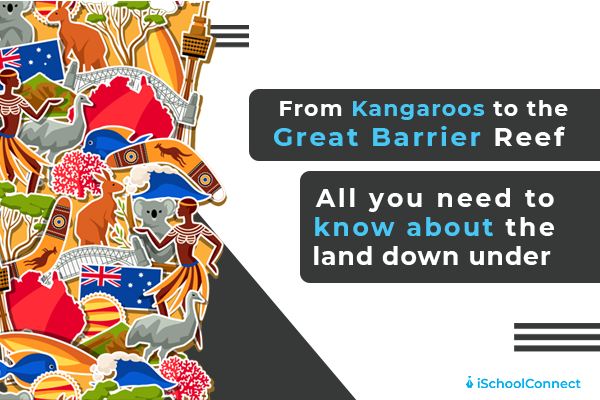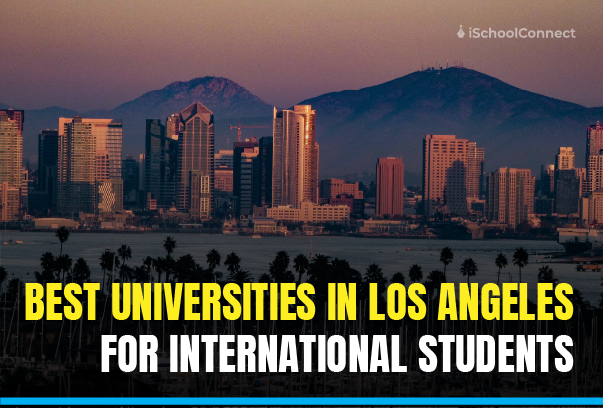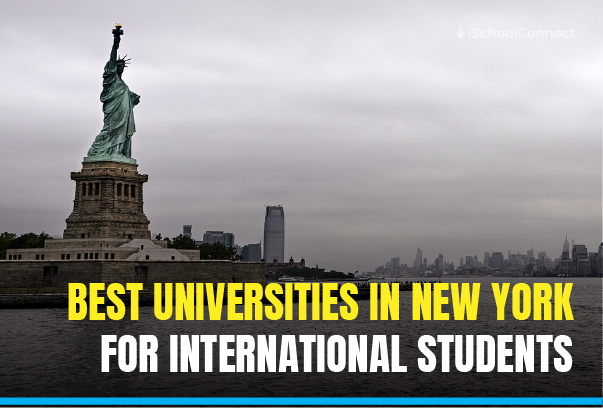Table of Contents
The world’s smallest continent and sixth-largest country, Australia, is a breathtaking destination. Water and natural wonders like innumerable coral reefs, natural rocks, sandy beaches, architectural marvels, adventure destinations, and crimson pleasures abound Australia. The country is also rich in fauna. Kangaroos, koalas, platypuses, wombats, prickly dragons, and various other animals can be found on this lush island. Continue reading to uncover some fascinating facts about Australia.
A quick overview: Some interesting facts about Australia
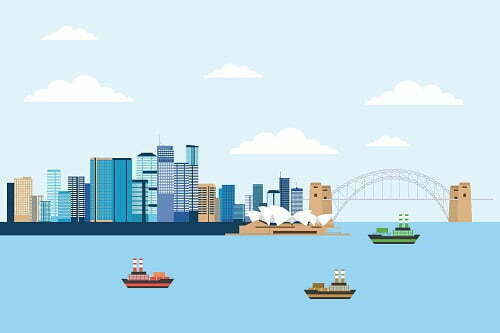
Australia is one of the world’s most cosmopolitan countries, with the world’s oldest continuously existing culture. They have a highly competent workforce and a long democratic governance and stability history. Australia has it all: a continent with its tectonic plate, a country with a population density few countries can match, and a large island with a 30,000-kilometer-long beach.
The land down under lies fully in the southern hemisphere, sandwiched between the Indian and Pacific oceans, south of Maritime Southeast Asia, and north of Antarctica. It is almost (95%) of the size of the continental United States, with a land area of 7,617,930 km2 (excluding Alaska), and has a population of only 25.7 million people (in 2021).
Canberra is the country’s capital; other significant cities include Adelaide, Alice Springs, Brisbane, Darwin, Hobart, Melbourne, and Perth, with Sydney being the biggest metropolis. English is the official language for Australia.
Australia’s main attractions
Australia is one of the world’s most distant countries, but it’s also one of the most popular tourist destinations, particularly among backpackers and budget tourists. Speaking about Australian tourism, there are over 2,900 different reefs. The Great Barrier Reef is the world’s largest contiguous coral reef system. Other main attractions include:
- Uluru, also known as Ayers Rock, is a sacred location for the Anangu Aboriginal people and the world’s largest monolith.
- The gorgeous and world-famous Sydney Opera House is located near the spectacular Sydney Harbour Bridge.
- The Great Ocean Route is a 243-kilometer stretch of Australia’s southeast coast, making it a National Heritage Site.
- The Blue Mountains cover a million hectares and are home to lush forests, sandstone cliffs, gorges, and waterfalls.
- The Sydney Harbour Bridge is one of the world’s most beautiful natural harbors. It is Australia’s most famous landmark and is the world’s biggest steel arch bridge.
- The Daintree Rainforest is a Wet Tropics World Heritage Area because of its thriving and vibrant ecosystem and is one of the world’s most ancient forests.
- The Kakadu National Park, located in the Northern Territory, is a World Heritage Site that has been one of the world’s finest wilderness regions.
- The Heide Museum of Modern Art is a well-known art gallery, historic art museum, and heritage park.
- Kangaroo Island is one of South Australia’s most attractive natural places, located on the Fleurieu Peninsula.
Australia’s political system
Representative democracy and constitutional monarchy exist side by side in Australia’s political system. Queen Elizabeth II is the head of state, and a Governor-General legally represents her.
The bicameral Parliament of Australia, which consists of a Senate and a House of Representatives, is the legislative branch of the government. The Prime Minister is the country’s head of state and the government’s leader.
Australia’s economy
Despite accounting for only 0.3%, Australians have some of the best living levels in the world. Their economy has risen at a quicker rate than any other major developed country since 1992. They have abundant natural resources and a sophisticated services industry supported by a well-educated workforce.
Minerals and fuels accounted for 50.9% of Australia’s products and services exports in 2018-19, accounting for 8.5% of the country’s GDP. Agriculture, tourism, education, financial services, and items related to science and technology are all in great demand.
The educational system in Australia
For both local and international students, Australia’s education system is one of the greatest in the world. It has strong academic standards, a broad curriculum, and highly qualified teachers.
The education system in Australia is similar in all six states, namely –
- New South Wales
- Tasmania
- Victoria
- Queensland
- Western Australia
- South Australia
There are two territories, the Australian Capital Territory (ACT) and the Northern Territory, often known as the Commonwealth Territories, both of which have slight distinctions.
The “Consortium of Eight,” a group of eight large research-intensive universities, identifies the country’s leading institutions (Go8). With a value of $19.9 billion, international education is Australia’s third-largest export. Australia was also the world’s third-largest provider of international education in 2016. By 2025, the international education industry’s contribution to export revenues will nearly triple to more than $33 billion.
Undergraduate study in Australia
Students study for a bachelor’s degree as initial preparation for a professional vocation. A bachelor’s degree in Australia takes at least three years of full-time study. On the other hand, some colleges also offer a two-year fast-track program.
Post-graduate and Doctorate study in Australia
Post-graduate alternatives abound in Australian universities, allowing students to pursue new interests or progress in their careers. The degrees include –
- Graduate degree: A graduate certificate can be earned after earning a bachelor’s degree and extra six months of study.
- Graduate Diploma: You can earn a graduate diploma at an Australian university after another 12 months of study.
- Master’s degree: A master’s degree in Australia can be completed in one or two years.
- Doctoral degree: This is the highest honorary degree available at Australian universities. A student of this course, often known as a Ph.D., performs original research and presents it in the form of a thesis.
Top universities in Australia
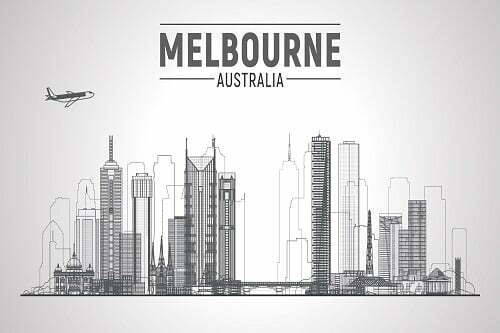
- Australian National University
- Canberra University
- Charles Sturt University
- Macquarie University
- Australia’s Innovative University, Sydney.
- Monash University
- Victoria University
- University of Adelaide
- South Australia University
- University of Tasmania
- The Sunshine Coast University
- University of Western Australia
Takeaways
Australia is a nation of incredible natural beauty, boundless adventure, and even unimaginable potential. The country is recognized as one of the top tourist destinations. If beaches, rainforests, and the outback aren’t your cup of tea, the country’s big cities make excellent vacation spots.
Australia’s educational system is rapidly becoming a global leader in education. Policies are regularly evaluated and revised to safeguard and promote educational fairness, develop STEM skills, and, most importantly, maintain a high standard of education for both local and international students, regardless of economic or cultural background.
FAQs
Q1. What is Australia famous for?
Answer – Australia is well known for natural marvels, wide-open areas, beaches, deserts, “The Bush,” and “The Outback.”
Q2. Why is Australia still ruled by the British?
Answer – The Queen’s relationship with Australia is unique. The country is a constitutional monarchy, and the Queen is the Sovereign of Australia. However, she is not involved in the day-to-day operations of the Australian government but continues to play important ceremonial and symbolic roles.
Q3. Why is education in Australia superior?
Answer – Many overseas students choose Australia to study for multiple reasons. These include top institutions, wildlife, thriving cities, and many oceans. While studying abroad might be intimidating, the benefits of academic and personal growth can be enormous.
